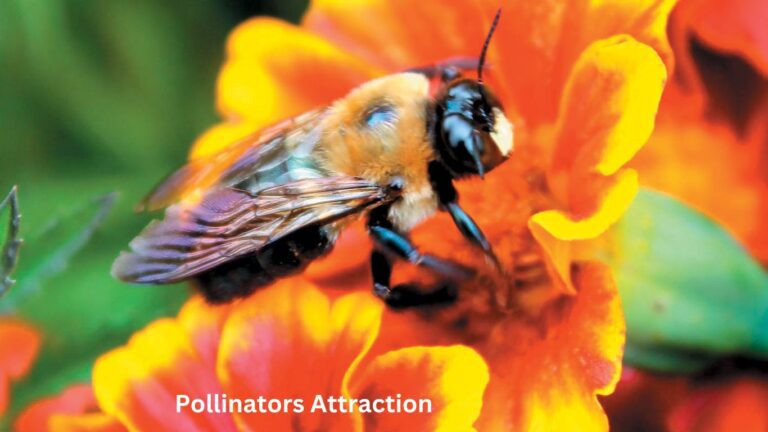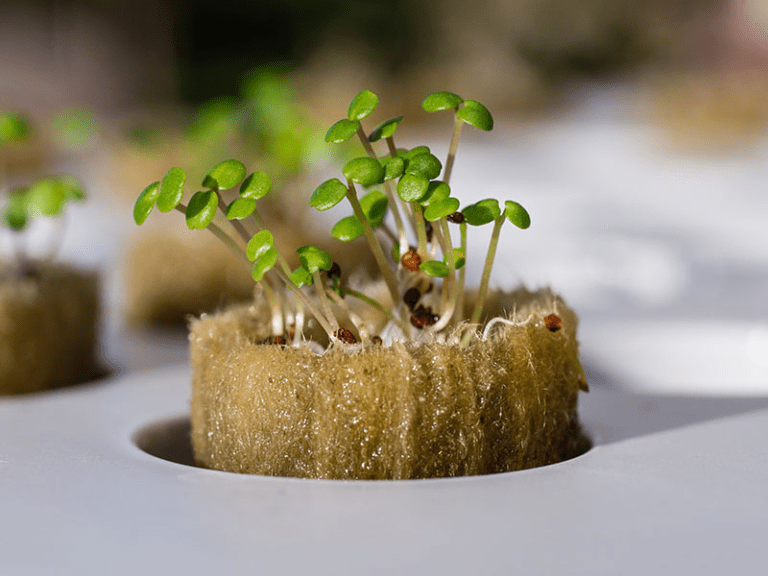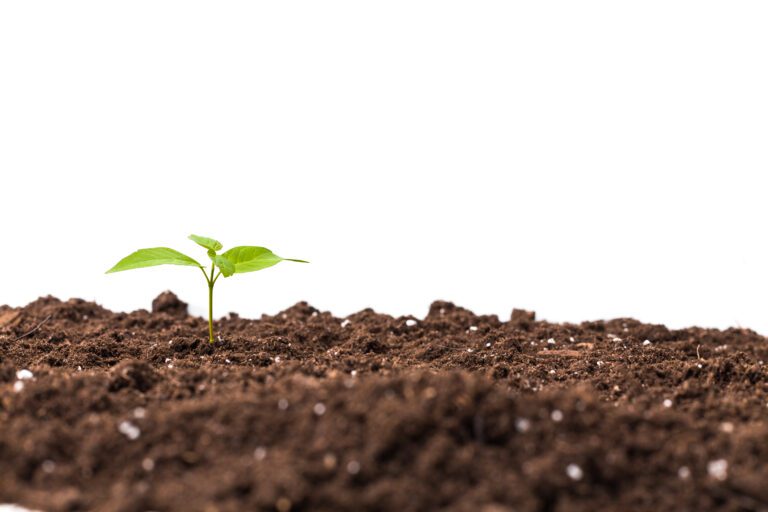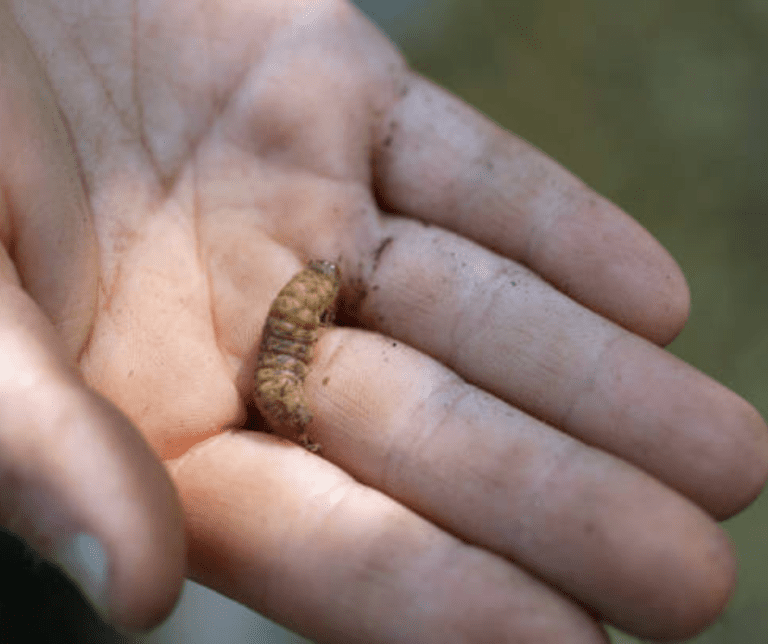How to Grow Sugar Cane for a Sweet Treat: The ultimate guide
Table of Contents
Planting sugar cane in your garden
When it comes to planting sugar cane in your garden, selecting the right location is crucial for the success of your crop. Sugar cane thrives in full sun and well-drained soil with good air circulation. Choose a spot with plenty of space to accommodate the tall and wide growth of sugar cane plants, ensuring they have room to spread and develop properly.
Once you have identified the ideal location, the next step is preparing the soil for sugar cane growth. Sugar cane requires rich, fertile soil with a pH level between 5.5 and 6.5. Incorporate organic matter such as compost or manure into the soil to improve its nutrient content and drainage. Avoid planting sugar cane in compacted or waterlogged soil, as it can lead to poor growth and yield.

Selecting the right location for sugar cane
When selecting the right location for planting sugar cane in your garden, it is essential to consider key factors that will ensure the success of your crop. Sugar cane thrives in warm and tropical climates, so it is crucial to choose a spot that receives plenty of sunlight throughout the day. Aim for a location with well-draining soil to prevent waterlogging and promote healthy root growth.
Additionally, sugar cane requires ample space to grow tall and produce robust stalks. Make sure to select an area with enough room for the plants to spread out and reach their full potential. By carefully assessing these factors, you can create an ideal environment for your sugar cane to flourish and yield a bountiful harvest.
Preparing the soil for sugar cane growth
To prepare the soil for optimal sugar cane growth, it is essential to ensure that the planting area is well-drained and rich in organic matter. Sugar cane thrives in loamy soil with a pH level between 5.5 and 7.5. Before planting, it is recommended to test the soil to assess its nutrient content and make any necessary amendments. Incorporating compost or well-rotted manure into the soil can improve its fertility and provide essential nutrients for the sugar cane plants.
In addition to enriching the soil with organic matter, it is important to ensure that the planting area receives adequate sunlight for at least 6-8 hours a day. Sugar cane plants require ample sunlight to photosynthesize and produce energy for growth. Clearing any obstacles that may block sunlight and selecting a location with good air circulation can further support the healthy development of sugar cane crops.
Obtaining sugar cane seeds or seedlings
Sugar cane seeds or seedlings are essential for starting your sugar cane planting journey. When selecting sugar cane seeds or seedlings, make sure to choose varieties that thrive in your specific climate and soil conditions. Opt for disease-resistant cultivars to ensure a successful harvest.
It is recommended to purchase sugar cane seeds or seedlings from reputable nurseries or agricultural suppliers to guarantee the quality and authenticity of the plants. Always check the health of the seeds or seedlings before purchasing to avoid any potential issues later on. Remember, healthy plants from trusted sources are the foundation for a bountiful sugar cane crop.
Planting sugar cane in the ground
When planting sugar cane in the ground, it is essential to choose a location that receives full sunlight for optimal growth. Sugar cane thrives in warm climates and requires well-draining soil to prevent waterlogging. Before planting, ensure the soil is rich in organic matter and has a slightly acidic pH level for the best results.
When placing the sugar cane in the ground, make sure to space the seedlings or seeds adequately to allow room for growth and development. Plant them at a depth of around 2 inches and tamp the soil gently around the base to secure them in place. Water the freshly planted sugar cane thoroughly to help establish roots and promote early growth.

Watering sugar cane plants regularly
Watering sugar cane plants regularly is crucial for ensuring their healthy growth and development. Sugar cane requires consistent moisture to thrive, as it is a water-intensive crop. Adequate irrigation helps to promote the formation of sucrose, the primary component of sugar cane. It is important to water the plants evenly and deeply, ensuring that the entire root system receives sufficient moisture. Overwatering should be avoided to prevent waterlogging, which can lead to root rot and hinder plant growth.
Monitoring the soil moisture levels is essential for determining the watering needs of sugar cane plants. Factors such as temperature, humidity, and rainfall can influence the frequency and amount of water required. During periods of dry weather or in sandy soils with poor water retention, more frequent watering may be necessary. Proper irrigation practices not only support the growth of sugar cane but also contribute to higher yields and quality of the harvested crop.
Fertilizing sugar cane for optimal growth
Fertilizing sugar cane is crucial for ensuring optimal growth and maximizing crop yields. One of the key nutrients that sugar cane requires for healthy development is nitrogen. Nitrogen plays a vital role in the formation of chlorophyll, which is essential for photosynthesis, the process by which plants convert sunlight into energy. Applying nitrogen-rich fertilizers at the right time and in the appropriate amounts can help promote vigorous growth and lush foliage in sugar cane plants.
In addition to nitrogen, sugar cane also benefits from phosphorus and potassium, which are essential for root development, flowering, and fruit production. Phosphorus aids in seed formation and overall plant energy transfer, while potassium regulates water uptake and nutrient transport within the plant. By providing a balanced fertilizer containing these essential nutrients, gardeners can support the growth and development of their sugar cane plants, leading to robust stalks and a bountiful harvest.
Protecting sugar cane from pests and diseases
To protect your sugar cane plants from pests and diseases, it is essential to implement proactive measures to ensure a healthy crop. One effective method is practicing good sanitation in your garden by removing any debris or dead plant material that could harbor harmful organisms. Regularly inspecting your sugar cane plants for signs of pest infestation or disease symptoms can also help in early detection and prompt intervention.
Another strategy is to promote biodiversity in your garden by planting companion plants that repel pests or attract beneficial insects. Additionally, applying organic insecticides or fungicides when necessary can help control pest populations and mitigate the spread of diseases. By integrating these preventive measures into your gardening routine, you can safeguard your sugar cane crop and promote optimal growth and yield.

Monitoring the growth of sugar cane
Once sugar cane has been planted, it is essential to closely monitor its growth and development to ensure a successful harvest. One crucial aspect to observe is the height of the sugar cane plants, as they should reach a specific height at different stages of growth. Measure the height regularly to track progress and address any potential issues promptly. Additionally, keep an eye out for the color and texture of the leaves, as any discoloration or abnormality may indicate nutrient deficiencies or disease. By consistently monitoring these visual cues, you can make informed decisions to maintain the health and vigor of your sugar cane crop.
In addition to visual observation, paying attention to the overall growth rate of the sugar cane plants is key. Measure the growth rate by tracking the increase in height over time and comparing it to the expected growth milestones. This data will help you assess the effectiveness of your cultivation practices and make adjustments as needed to optimize growth. Regular monitoring of the growth rate will also enable you to anticipate the timing of other essential tasks such as fertilization and irrigation, ensuring that your sugar cane crop receives the necessary care for robust development.
Harvesting sugar cane at the right time
When it comes to harvesting sugar cane, timing is crucial to ensure optimal sweetness and yield. Harvesting too early can result in underdeveloped canes with lower sucrose content, while waiting too long can lead to deteriorating quality and reduced sugar levels. The key is to observe the growth stages of the sugar cane and look for indicators that signal the right time for harvesting.
One common method to determine the readiness of sugar cane for harvesting is to observe the color and appearance of the canes. Ripe sugar cane usually displays a yellow tinge on the outer leaves and a slightly woody texture when squeezed. Additionally, monitoring the height of the sugar cane plant and the maturity of its top leaves can also provide valuable insights into the ideal timing for harvesting. By paying attention to these visual cues and physical characteristics, you can ensure a successful harvest of sweet and flavorful sugar cane for your consumption or processing needs.

Processing sugar cane for consumption
Processing sugar cane for consumption involves several steps to extract the sweet juices from the plant. Once you have harvested your sugar cane, the first task is to peel off the outer layers to reveal the juicy inner stem. Using a sharp knife, carefully remove the tough outer skin to expose the tender core of the cane.
After peeling, the next step is to crush or press the sugar cane to extract the sugary liquid. This can be done using a manual press, a juice extractor, or even a blender. The extracted juice can be enjoyed fresh as a sweet and refreshing drink, or it can be further processed to make sugar, syrup, or molasses. Processing sugar cane at home allows you to enjoy the pure sweetness of this natural plant in various forms, adding a touch of freshness to your culinary creations.
Storing sugar cane for future use
After successfully growing and harvesting sugar cane in your garden, it’s important to store the excess cane properly for future use. Storing sugar cane can help ensure that you have a fresh supply on hand whenever you need it.
One method for storing sugar cane is to wrap the cane in a damp cloth or paper towel and place it in a plastic bag in the refrigerator. This can help keep the cane moist and prevent it from drying out. Alternatively, you can also freeze sugar cane by cutting it into smaller pieces and placing them in an airtight container before storing them in the freezer. Properly stored sugar cane can last for several weeks in the refrigerator or several months in the freezer, allowing you to enjoy your homegrown harvest well into the future.
Using sugar cane to make sweet treats
Sugar cane can be a delightful addition to your garden not only for its sweet taste but also for the versatility it offers in creating delicious treats. From sugarcane juice to candies and syrups, there are countless ways to utilize this natural sweetener in your culinary endeavors.
One popular sweet treat that you can make using sugar cane is sugarcane juice popsicles. Simply blend fresh sugarcane juice with your favorite fruits like mango or strawberry, pour the mixture into popsicle molds, and freeze for a refreshing and all-natural dessert. Additionally, you can experiment with making sugarcane syrup to drizzle over pancakes or waffles, adding a unique and rich flavor to your breakfast or dessert. The possibilities are endless when it comes to incorporating sugar cane into your sweet creations.
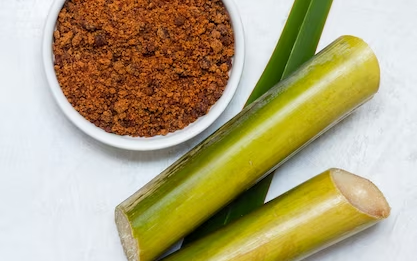
Experimenting with different sugar cane recipes
Sugar cane is a versatile crop that can be used in various culinary creations, from beverages to desserts. When experimenting with different sugar cane recipes, it’s essential to explore the unique flavors and textures that this ingredient can bring to your dishes. One popular recipe to try is making homemade sugar cane juice by extracting the sweet liquid from the stalks. You can also incorporate sugar cane into dishes like stir-fries, marinades, and even baked goods for a touch of natural sweetness and depth of flavor. Don’t be afraid to get creative and explore new ways to use sugar cane in your cooking to unlock its full potential in the kitchen.
Another interesting way to experiment with sugar cane in recipes is by incorporating it into homemade syrups or sauces to add a rich, caramelized sweetness to your dishes. Additionally, you can try making sugar cane-infused cocktails or desserts like sugar cane pudding or sugar cane ice cream for a decadent treat. By exploring different cooking techniques and flavor pairings, you can discover the incredible versatility of sugar cane and elevate your culinary creations with its unique taste profile. Let your imagination run wild and enjoy the delicious results of incorporating sugar cane into your favorite recipes.
| Recipe Name | Description |
|---|---|
| Sugar Cane Juice | Extract juice from fresh sugar cane stalks using a juicer or blender. Serve chilled with a squeeze of lime or lemon for a refreshing drink. Add ginger or mint for extra flavor if desired. |
| Sugarcane Skewers | Cut sugar cane stalks into skewer-sized pieces. Use them to skewer fruits, vegetables, or meats for grilling or roasting. The sugar cane imparts a subtle sweetness and flavor to the food. |
| Sugarcane Syrup | Boil sugar cane juice until it thickens into a syrupy consistency. Use it as a sweetener for beverages, desserts, or drizzle over pancakes and waffles. Add spices like cinnamon or vanilla for flavor. |
| Sugarcane Popsicles | Mix sugar cane juice with fruit puree or juice of your choice. Pour the mixture into popsicle molds and freeze until solid. Enjoy these refreshing and natural popsicles on hot summer days. |
| Sugarcane Sorbet | Combine sugar cane juice with water and lemon or lime juice. Freeze the mixture in an ice cream maker until it reaches a sorbet consistency. Serve as a light and refreshing dessert. |
| Sugarcane Rum Punch | Mix sugar cane juice with rum, lime juice, and a splash of grenadine or fruit juice. Serve over ice with a garnish of fresh fruit for a tropical and flavorful rum punch cocktail. |
These recipes offer a variety of ways to incorporate sugar cane into your culinary creations, ranging from drinks to desserts and savory dishes. Experiment with different ingredients and flavor combinations to discover your favorites!
Sharing your sugar cane harvest with others
Sharing your sugar cane harvest with others can be a rewarding experience that not only spreads the sweetness of your labor but also fosters community engagement. Whether you are gifting a bundle of fresh sugar cane to a neighbor or hosting a tasting event to showcase the versatility of this tropical plant, sharing your harvest can spark curiosity and appreciation for this unique crop. By introducing friends and family to the joys of growing and enjoying sugar cane, you can inspire a deeper connection to nature and promote sustainable living practices.
As you distribute your sugar cane harvest, consider providing educational materials or hosting workshops to share your knowledge about cultivation, harvesting, and processing techniques. Encouraging others to explore the possibilities of using sugar cane in culinary creations or homemade beverages can ignite creativity and inspire experimentation in the kitchen. By inviting others to partake in the journey from seed to table, you can create memorable experiences and strengthen the bond within your community through the shared love of gardening and delicious treats.
Enjoying the fruits of your labor with homemade sugary delights
Indulging in the sweetness of your homemade sugary delights is a gratifying experience after nurturing your sugar cane plants from seed to harvest. From the moment you plant the sugar cane in your garden to the meticulous care you provide throughout its growth, each step contributes to the delicious treats you can create. Whether you choose to extract the juice for fresh beverages, refine it into crystallized sugar, or incorporate it into baked goods, the satisfaction of enjoying the literal fruits of your labor is unmatched. The versatile nature of sugar cane allows for endless culinary possibilities, inviting you to unleash your creativity and share the joy of your harvest with those around you.
As you savor the results of your dedication and hard work, remember that the process of growing and utilizing sugar cane goes beyond mere consumption. It fosters a deep appreciation for the natural world, highlighting the interdependence between humans and plants. Through your hands-on experience in cultivating sugar cane, you not only create delectable treats but also cultivate a deeper connection to the earth and the fruits it generously bestows. So, relish in the delightful flavors of your homemade sugary delights, knowing that each bite encapsulates a journey of growth, care, and the pure joy of enjoying nature’s bounty.
Can sugar cane be grown in a small backyard garden?
Yes, sugar cane can be successfully grown in a small backyard garden as long as you have the right conditions for its growth.
How long does it take for sugar cane to mature before it can be harvested?
Sugar cane typically takes about 12 to 18 months to mature before it can be harvested for consumption.
Are there any specific pests or diseases that commonly affect sugar cane plants?
Yes, sugar cane plants are susceptible to pests such as aphids and diseases like leaf scald and smut, so it’s important to monitor and protect your plants accordingly.
Can sugar cane be used for purposes other than making sweet treats?
Yes, sugar cane can also be used to make products such as sugar cane juice, molasses, rum, and even biofuels.
What are some unique recipes that can be made using sugar cane?
Some unique recipes using sugar cane include sugar cane skewers for grilling, sugar cane-infused cocktails, and sugar cane syrup for drizzling over desserts.
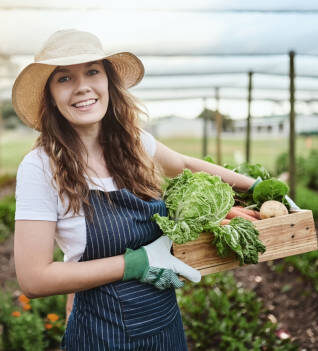
Beck Wakeford is a dedicated writer at SouthElMonteHydroponics, with a fervent enthusiasm for agriculture and technological innovation. Armed with a degree in Agricultural Engineering from a leading university, Beck specializes in hydroponic systems design, automation, and optimization. Their passion for merging traditional farming with cutting-edge technology drives them to explore novel solutions for sustainable food production. Beck’s expertise and keen interest in the intersection of engineering and agriculture make them a valuable asset in the quest for efficient and eco-friendly farming practices. Through their writing, Beck aims to inspire others to embrace the potential of hydroponics in shaping a more sustainable future.

